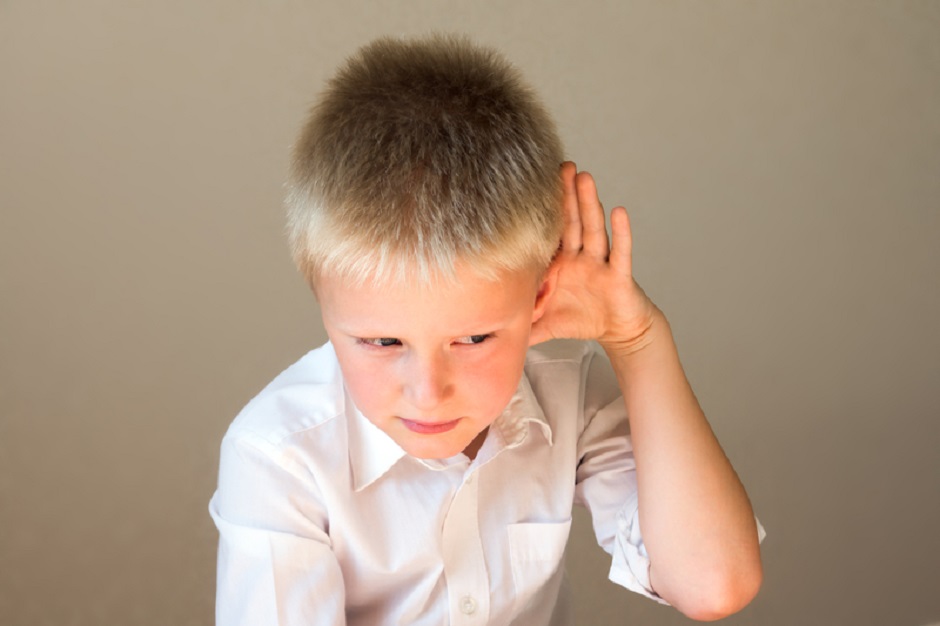Helping your child with glue ear
If your child has been diagnosed with glue ear, your doctor, nurse or audiologist will recommend watchful waiting to see if your child’s glue ear clears up on its own. Watchful waiting is a period of time in which a medical problem is monitored to see if it gets better on its own, stays the same or gets worse.
- 50% of children get better with watchful waiting in 3 months and 90% will have normal hearing at 1 year.
How to help during watchful waiting
- Helping your child to hear better: helping your child to listen and concentrate at home and school can help with their behaviour and reduce frustration for both you and your child (see next section for advice).
- Monitoring progress: keep a close eye on your child's hearing symptoms to check for improvements or need for further advice. You can download here a symptom diary to help you monitor your child's symptoms.
- Recognising when you need more help: if you think that your child's symptoms are getting worse or lasting longer than 3 months you may need to get more advice from the school nurse or your child's GP/nurse.

Helping at home

Whilst waiting for your child's glue ear to clear up, there are lots of things you can do to help your child listen and concentrate. This can help with their behaviour and reduce frustration for both you and your child.
- Reducing background noise: Turn off the TV or radio if you are playing with or talking to your child. Background noise can make it difficult for your child to hear conversations.
- Get their attention: Before speaking to your child or giving them instructions, make sure you get their attention first. This lets them know that you are trying to talk to them.
- Face them when talking: Ensure that your child can see your face when talking to them so they can use lipreading cues to help them understand what you are saying.
- Make lipreading easy: Lip-reading is a technique of understanding speech by carefully watching movements of the face, lips and tongue, when sound levels are low or missing. Whilst mostly used by people with reduced hearing, people with normal hearing also lipread subconsciously (children as young as 19 months old have been shown to lip-read). Speak clearly and naturally at a normal pace to help your child to use lipreading cues.
- Give brief, clear instructions: Use short instructions rather than long sentences. This will make sure that your child understands the main points.
- Check your child's response to make sure that they have understood you correctly
- Speak to your child's teacher: let your child's teacher know about their glue ear so they can take appropriate action in the classroom.
Helping at school

If you let your child's teacher know that they have glue ear, the teacher can help them in the classroom. The following is a list of the things that teachers may be able to do to help your child:
-
Reducing background noise in the classroom, especially when giving instructions
-
Ensuring your child is sitting where they can see the teacher.
-
Gaining your child’s attention before giving instructions
-
Using short, concise sentences for instructions.
-
Writing key words and instructions on the board
-
Speaking clearly, at normal speed.
You can download some information for your child's teacher to help them to understand the hearing difficulties your child has and how they can help them in the classroom (download information for teachers here)